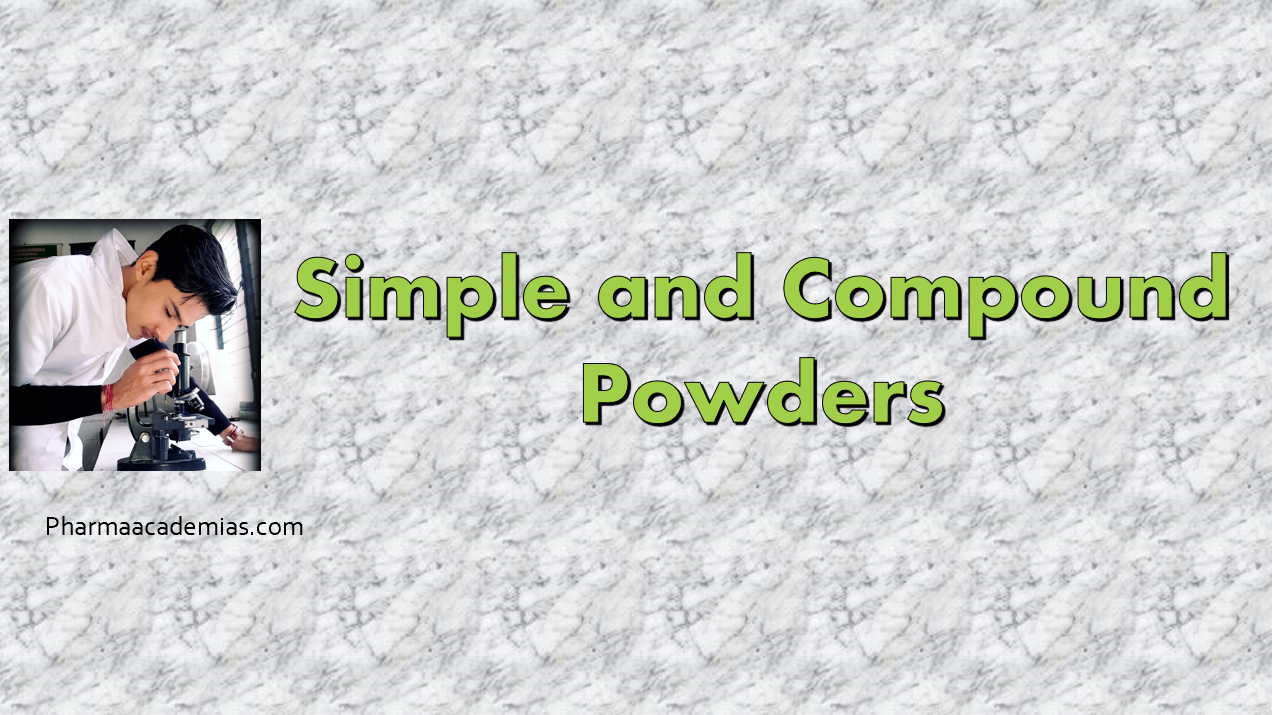Solubility enhancement techniques for liquid dosage forms
Solubility enhancement techniques for liquid dosage forms are crucial in overcoming the challenges posed by poorly soluble drugs. These techniques aim to improve the solubility, dissolution, and bioavailability of the active pharmaceutical ingredient (API) in liquid formulations. Here’s a detailed note on various solubility enhancement techniques specifically applied to liquid dosage forms: 1. Cosolvents … Read more










